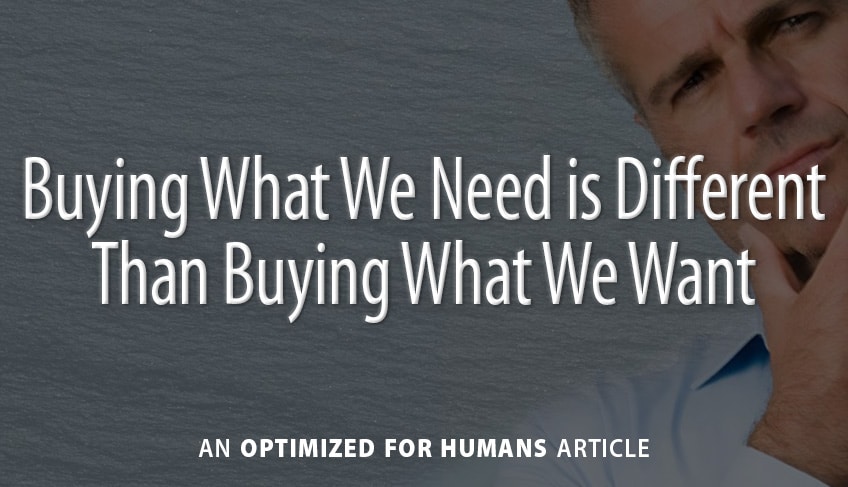
B Y T O M T O R T O R I C I
What does it mean when your microwave starts making sparks, smoke and crackling sounds?
Yes well, that’s the universal indicator to cruise over to Target or Lowe’s to see what microwaves are on sale.
Once you get past the frustration of having to cough up bucks for something you already had, it’s time to compare product wattage, features and sizes. Your final decision pretty much rests on those logical considerations.
Okay, now that your new appliance is safely nestled in the kitchen, you can go back to shopping for a new sailboat online –– a purchase you’ve been contemplating for a while. Nothing too fancy, just something big enough to take out on Lake Lanier in the summer, and teach the family to sail.
Let’s face it, when you look at the slick, gorgeous photos online of carefree people sailing, there’s a sort of thrill in imagining that that’s you out there.
Funny, you don’t remember that thrilling feeling standing in the check-out line with a microwave oven in your basket.
That’s because buying what you need is a different process than buying what you want. Now, if you’re in a business that markets products or services, there are some pretty useful lessons here.
The main thing is, there’s a lot more emotion in planning a ‘want’ purchase than a ‘need’ purchase.
So it makes sense to play on people’s emotions when you’re providing an item that people want. Conversely, if it’s something they need, focusing on facts, numbers and direct product comparisons helps sync your offerings with the buyer’s practical considerations.
Of course, there’s going to be some degree of overlap with just about any purchase. But when you talk about, say, the safety features of the sailboats you’re selling, that’s mostly so people can self-justify the thing they really wanted in the first place.
And yes, microwave exteriors come in various modern styles, in hopes of capturing some of the frisson of a ‘want’ purchase. But if the wattage is too low, or it simply doesn’t fit on your kitchen counter, you’re more likely to compromise on looks than core functionality.
The other difference is that when you’re selling a ‘need’ item, the purchaser is compelled to make a purchase from someone. So think of yourself as mainly in a competitive situation. What features do you offer that other sellers don’t (or at least don’t advertise)? Here, your free shipping, warrantees or easy returns can count, if other retailers don’t offer them.
Not so much with coveted ‘want’ purchases, where endorphins are doing fast-laps in the buyer’s brain. Here, it’s smart to paint a picture (perhaps with words) about how happy that person will be after they’ve started using their new prize. The point of that is to help overcome any doubts about spending a chunk of change on something they don’t actually … need.
So in effect, your main competition here may be the option of simply saving their money and not buying at all.
Overall, the smartest thing any marketer can do is pay close attention to their own thought processes and buying behavior when they’re the one in the buyer’s seat. Intentionally learning and applying those lessons in their professional role as sellers can be incredibly revealing and helpful.
That, in fact, is how I’ve learned most of what I know about effective marketing. None of the books I’ve read or seminars I’ve attended over the course of my career have provided the insights I’ve gained by simply paying attention to my attention when there was something I needed … or wanted.
Share It:
 About the Author: Tom Tortorici is an Atlanta copywriter and web content writer who helps companies make a genuine connection with their audience. His classes and conference presentations have focused on how writing, strategy and design can work together to grab attention and interest even among readers with short attention spans. In addition to working directly with businesses, Tom regularly partners with web designers and marketing agencies.
About the Author: Tom Tortorici is an Atlanta copywriter and web content writer who helps companies make a genuine connection with their audience. His classes and conference presentations have focused on how writing, strategy and design can work together to grab attention and interest even among readers with short attention spans. In addition to working directly with businesses, Tom regularly partners with web designers and marketing agencies.
All Posts/Subscribe >
Info for Businesses >
Info for Designers/Agencies >
Tom Tortorici Inc. | Tom@TomTortorici.com | 770-934-7861 | 3101 Rockaway Rd | Atlanta GA 30341
